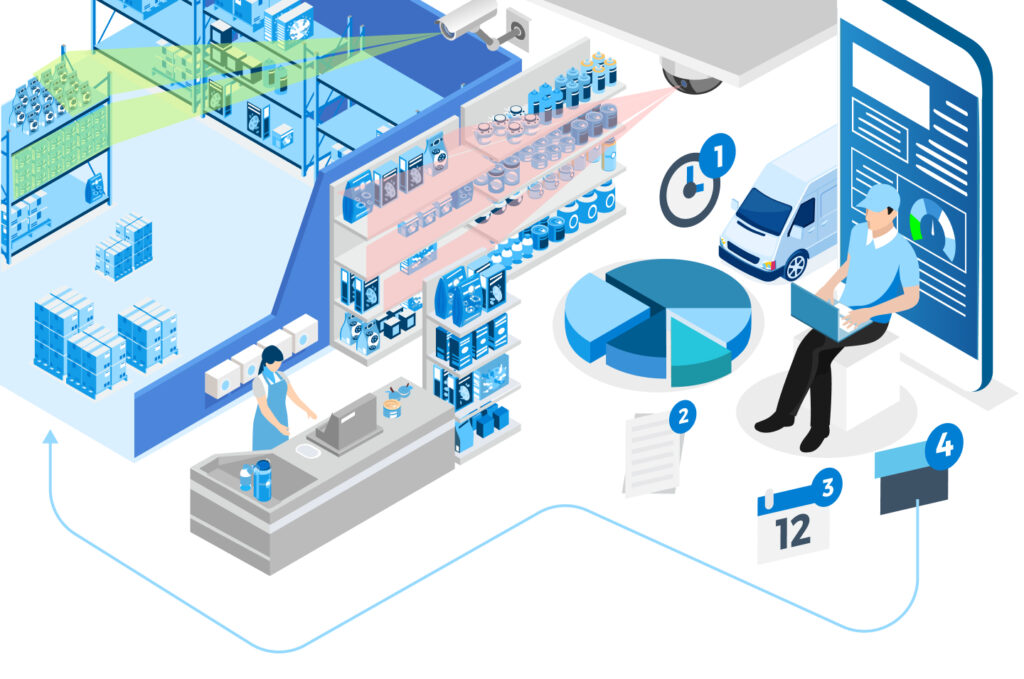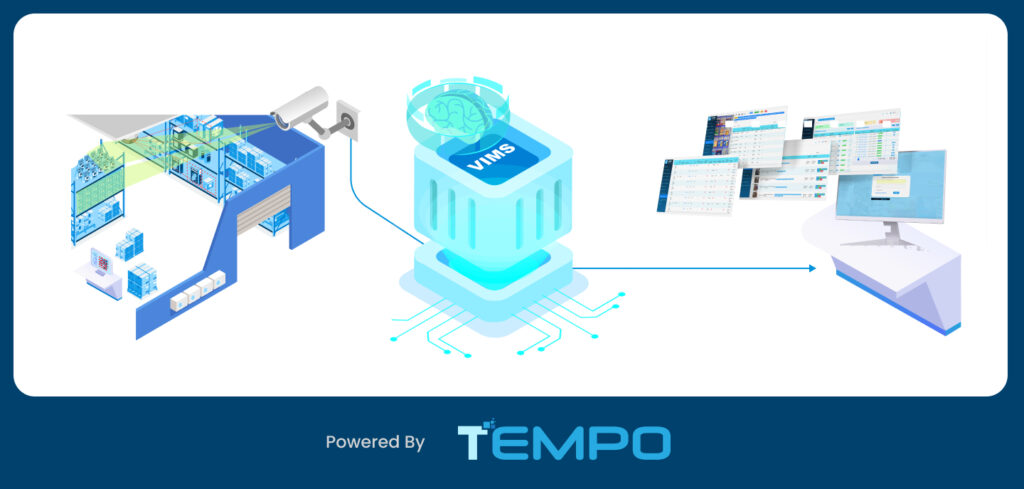The last few years have changed the face of retail immeasurably, yet many companies are still using merchandising agencies that follow the methods of the last century and provide only ‘fixed’ merchandising reps. Two lasting impacts of the pandemic on grocery retail emphasize the need for more flexibility and transparency in merchandising.

The first is the growth of e-commerce, which puts a lot of strain on the shelf and in-store execution as a significant number of online orders are fulfilled from brick-and-mortar store shelves. This unprecedented growth means that now, more than ever, retail stores need to ensure their products are always available and correctly presented on store shelves to fulfill the needs of online and in-store shoppers.
Retailors that have long relied on the services of fixed merchandising reps, this poses significant problems because such models are no longer able to provide the breadth and depth of coverage that stores need to constantly adapt and address issues on a store-by-store basis.

Instead, they need a skilled, flexible, reliable and, above all, on-demand systems to win at the shelf.
There are several areas in which fixed merchandising models fall short:
- They usually represent multiple brands, and their reps typically visit stores according to pre-determined schedules, undertaking activities for multiple brands during each store visit.
- Schedules are often structured toward reducing travel time versus solving priority issues for brand owners.
- Reporting often lacks details of actual shelf conditions and improvements made. And while the reporting that exists demands urgent action, it can take weeks rather days for a traditional merchandising agency to initiate a project. This is because a workforce of permanent employees cannot be expanded overnight, and schedules developed weeks in advance cannot be changed at short notice.
- Traditional merchandisers face coverage challenges — getting to remote areas in a timely manner is not always possible — and there is always a trade-off between the high monetary cost of covering smaller or rural stores, and the opportunity cost of not covering them at all.
- Traditional agencies struggle to scale rapidly to meet unpredictable surges in demand that occur during new product launches, changes in the competitive environment, or new promotional initiatives.
- Retailors need to know instantly how much stock remains on shelves so they can order or ship more stock and maintain availability, and immediately fix any issues in promo and display activation. And they need an on-demand service provider who can respond immediately to such intelligence.
Why Our Customers are rapidly adopting TEMPO’s Vision Based Inventory Management System (VIMS)?

TEMPOs VIMS combines real-time data, AI, on-demand analytics to give stores the power to assess on-shelf availability and respond immediately. Unlike traditional agencies that are bogged down by legacy, it’s a platform built for modern retail, with agility and insights at its core.
To learn more about VIMS and how it benefits brands, schedule a demo to learn how our system integrates into your existing infrastructure to offer advanced shelf management at affordable initial investments.


